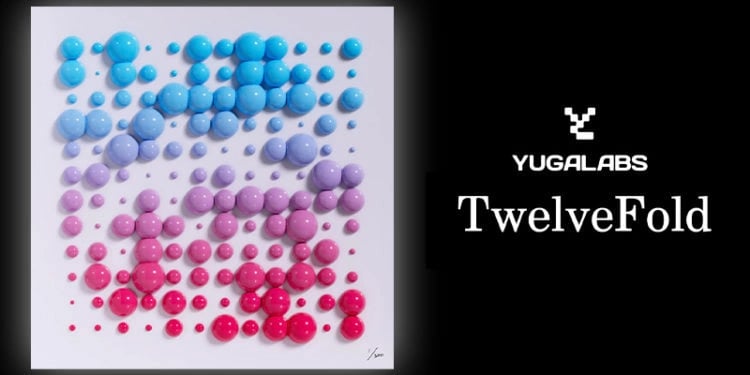Bitcoin Ordinals
比特币 Ordinals 是一种非同质化代币 (NFT)的形式,它被铭刻在 satoshi 上,satoshi 是比特币的最小单位。比特币 Ordinals 领域中一些值得关注的系列包括 Ordinal Punks、Taproot Wizards、Bitcoin Rocks 和 TwelveFold。
概述
2023 年 1 月 21 日,软件工程师和比特币爱好者 Casey Rodarmor 在 比特币主网上启动了比特币 Ordinals 协议。他在 2022 年开始研究该项目,此前在 2021 年 11 月比特币 Taproot 升级后,可以在 区块链上创建可编程的智能合约,从而实现了 Ordinals 的概念。[1][2]
以太坊上的 NFT 引用了 IPFS 上的链下数据,IPFS 是一种去中心化的文件存储系统。可以通过动态元数据修改此数据,正如一些 NFT 项目更新单个 NFT 的元数据以提高图像质量所证明的那样。此功能突出了 NFT 中的一个缺陷,Rodarmor 旨在解决这个问题。与 NFT 相比,Ordinals 是“完整的”,因为所有数据都存储在链上,因此被称为“数字文物”而不是比特币 NFT。此外,NFT 通常附带版税,而数字文物则没有。[3]
历史
在成功启动比特币 Ordinals 协议之前,有几个 NFT 项目和对 比特币 生态系统的更新为该协议奠定了基础。
比特币 NFT 历史
首次尝试在比特币上创建 NFT 是通过一个名为 Colored Coins 的项目,该项目创建于 2012 年,旨在表示区块链上的非比特币资产。然而,这种方法被证明效率低下,因为 Colored Coins 不容易与常规比特币区分开来。[4][5]
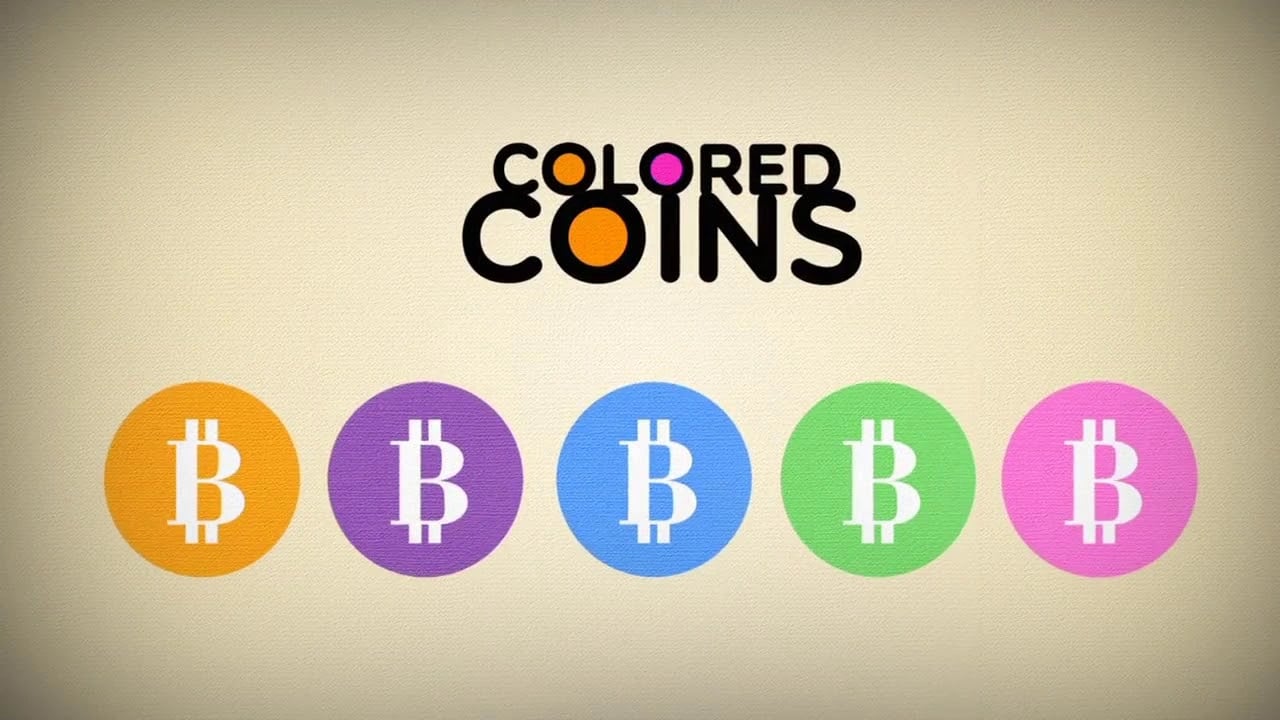
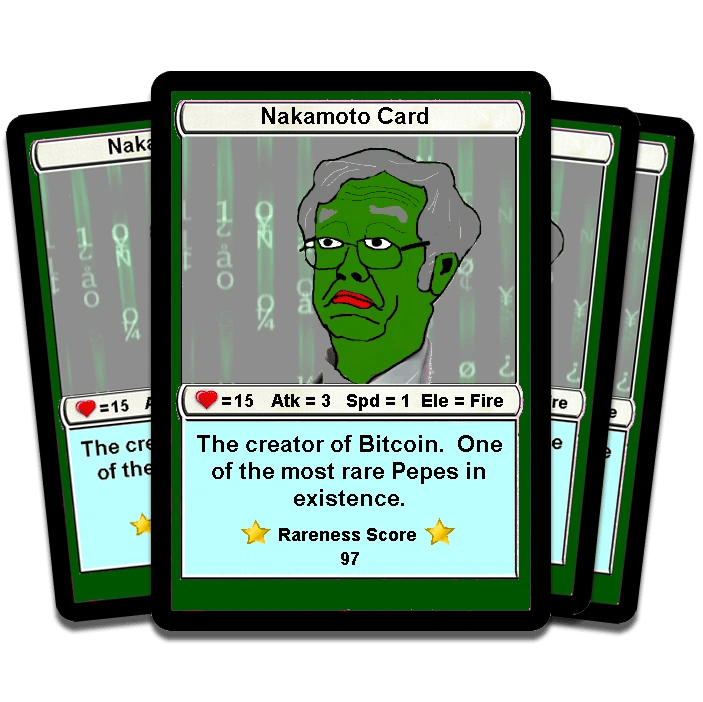
比特币升级
还有一些升级为该项目的启动奠定了基础。其中最重要的升级之一是隔离见证或 SegWit,于 2017 年推出。SegWit 升级修复了比特币核心中的几个错误,允许每个区块进行更多交易,并为第 2 层支付通道(如闪电网络)奠定了基础。然而,SegWit 存在争议,导致网络硬分叉,从而导致竞争区块链 比特币现金 和比特币 SV 的推出。[7]
2021 年,Taproot 升级的引入有望为比特币交易带来更多隐私,并减少进行交易所需的数据量,从而降低了交易成本。此升级还允许更复杂的交易看起来像标准的点对点交易,从而更难以识别比特币区块链上的交易输入。这些先前的尝试以及对比特币生态系统的更新为 Rodarmor 提供了成功启动最近的 Ordinals 协议所需的灵感和知识。[7]
值得关注的 Ordinals 项目
比特币 Ordinals 领域中一些值得关注的系列包括 Ordinal Punks、Taproot Wizards、Bitcoin Rocks 和 TwelveFold。
Ordinal Punks
Ordinal Punks 是一个仅包含 100 个比特币 NFT 的系列,向流行的 CryptoPunks 项目致敬。这些 NFT 是通过使用开源算法生成的 192x192 像素图像的生成式 PFP 系列创建的。该项目的基础设施要求意味着 NFT 的出价和询价在 Google Sheet 上进行管理,项目的创建者充当 Discord 上的托管人。[8][9]
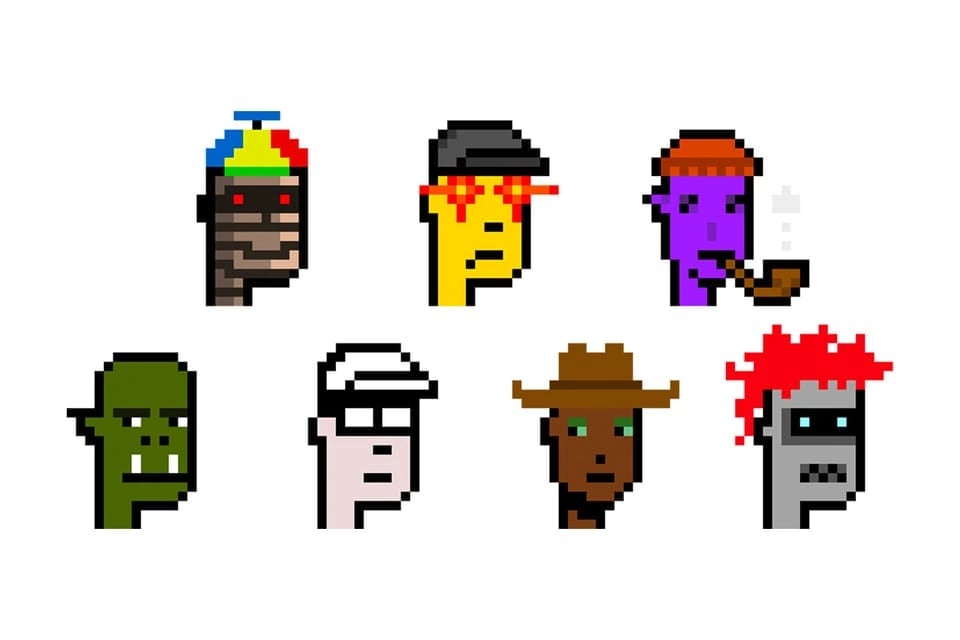 Taproot Wizards
Taproot Wizards

Taproot Wizards 是 比特币 链上另一个值得关注的 Ordinals 系列,由手绘的 NFT 向导组成,这些向导铭刻在比特币链上,从铭文 652 开始。该系列中的第一个 Ordinal 具有成为比特币历史上最大区块和交易的殊荣,时钟频率为 4MB。[9][10]
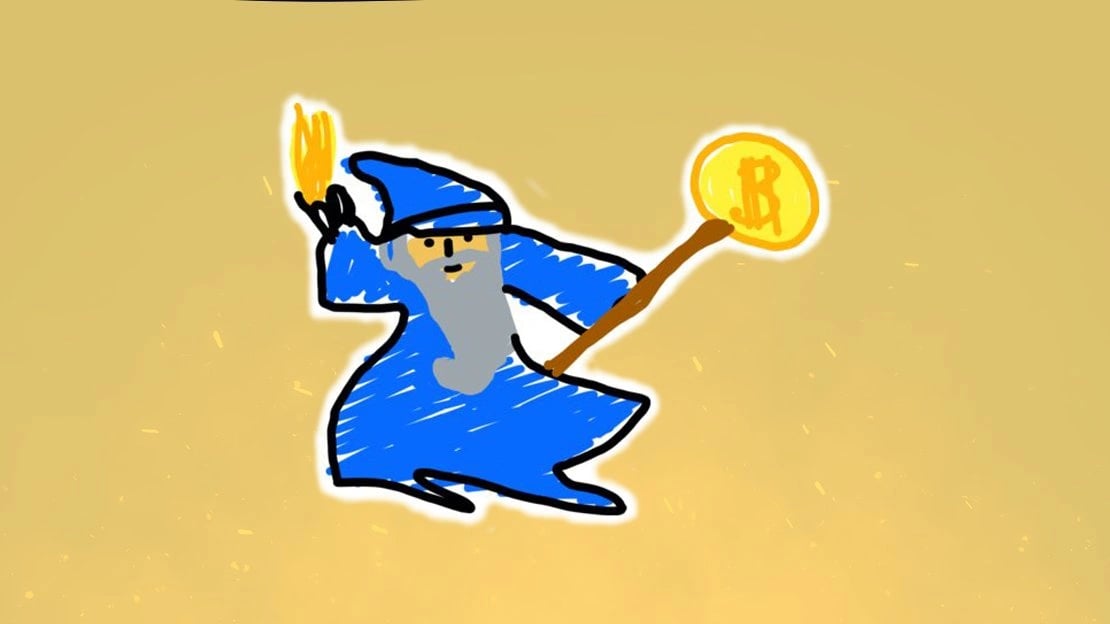 Bitcoin Rocks
Bitcoin Rocks

Bitcoin Rocks 是一个仅包含 100 个 NFT 的限量系列,其灵感来自早期的 以太坊 NFT 收藏项目 Ether Rocks。该系列向 NFT 的早期致敬,并且是比特币和 NFT 社区之间交叉的一个例子。该系列中的一些 NFT 的标价高达 1,000 BTC。[9][11]
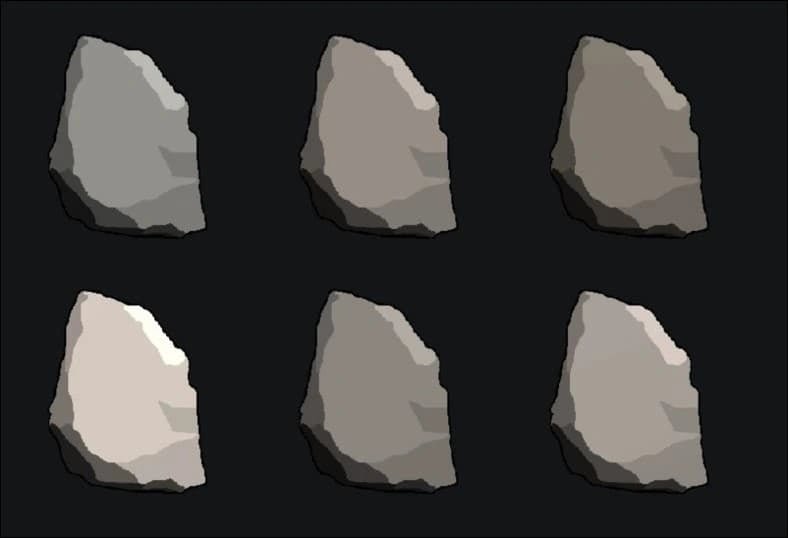
TwelveFold
TwelveFold 是 Yuga Labs 在 比特币 区块链上的一个实验性 300 件作品系列。这些生成作品由 Yuga Labs 的首席内容官 Figge 创作。该系列以 12 网格为基础,网格上的 144 个点中的每一个都是颜色和大小不同的闪亮球体。拍卖于 2023 年 3 月 6 日结束,共有 288 个成功的出价,总共筹集了 1649 万美元的 BTC。[12][13]
